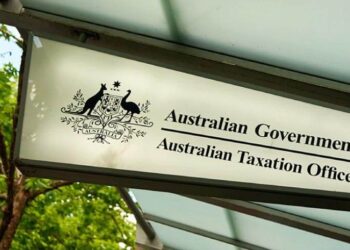In an online article, Townsends Business and Corporate Lawyers’ solicitor Elizabeth Wang explained that, in essence, an SMSF is a special form of trust and satisfies general trust law as the assets of the fund are held on trust by a trustee to provide retirement or death benefits for its members, with those members being the beneficiaries.
A superannuation fund can be wound up voluntarily or intentionally, and the rules relating to winding up a superannuation fund are the same for any other trust, said Ms Wang.
Some of the reasons why a super fund may be wound up, she said, include circumstances where all the members of the fund have left or where all the assets of the fund have been paid out of the fund, either to members as benefits or by rolling the assets over to another regulated super fund.
A fund may also be voluntarily would up where there has been a relationship breakdown such as a divorce, which may impact the ability of the members to effectively undertake their trustee/member obligations, she said.
It may also happen in situations where members have relocated overseas indefinitely and the fund no longer satisfies the central management and control test or where members are unable to effectively manage the fund due to age or infirmity, she added.
Ms Wang explained there are also situations where the ATO may direct a fund to be wound up in circumstances where the superannuation fund has breached significant compliance issues.
In order to wind up a self-managed superannuation fund, Ms Wang said the trustee would need to notify the ATO within 28 days, deal with all assets of the fund so that the fund has no assets left, arrange a final audit of the fund and complete the legal reporting responsibilities, including the lodging of a fund annual return and finalising any outstanding tax liabilities.
“Although, winding up an SMSF is a formal process that the SMSF can voluntarily and intentionally undertake, the trustee must be careful not to allow the superannuation fund to inadvertently have no assets at any time so as to immediately vest the trust unintentionally because a trust ceases immediately and automatically where there is no asset upon which it can operate,” she warned.
“The consequences of accidental vesting could be catastrophic from a tax and compliance viewpoint with the full marginal rate of tax being levied against whatever assets the fund should have retained and even criminal charges for conducting an early release scheme.”
She also noted that once a trust has vested, it cannot be reactivated in a similar way to reinstating a deregistered company.


